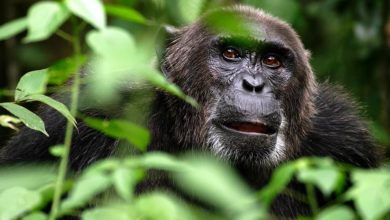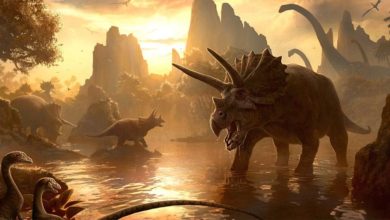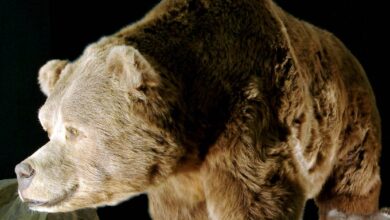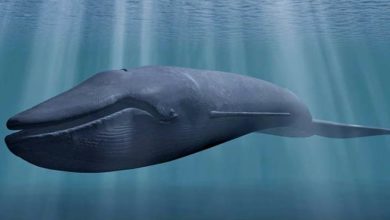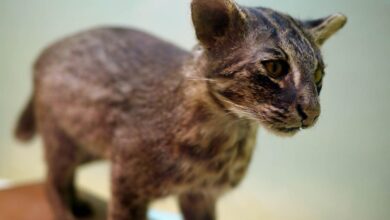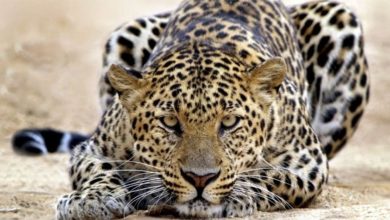Nigersaurus – a dinosaur that had 500 teeth
Nigersaurus taqueti
Nigersaurus taqueti, also known as the “Mesozoic Cow,” was a plant-eating dinosaur that lived in what is now the Sahara Desert about 110 million years ago. It was a small sauropod, measuring about 10 m (32.8 ft) in length and weighing about 2 tons. Despite its small size compared to other sauropods, it gained attention due to its unique anatomy, including a wide muzzle resembling a vacuum cleaner and dental batteries consisting of hundreds of small, needle-shaped teeth arranged in columns.
Classification
- Kingdom: Animalia
- Phylum: Chordata
- Clade: Dinosauria
- Clade: Saurischia
- Clade: †Sauropodomorpha
- Clade: †Sauropoda
- Superfamily: †Diplodocoidea
- Family: †Rebbachisauridae
- Genus: †Nigersaurus
- Species: † Nigersaurus taqueti
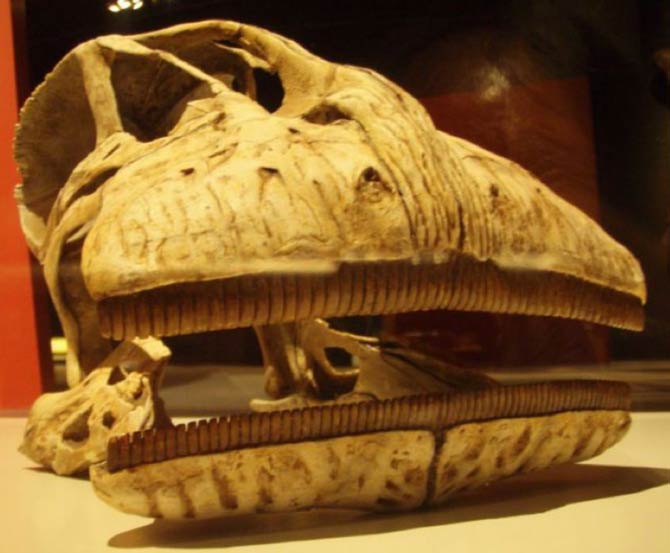
Discovery
Paleontologist Paul Sereno described Nigersaurus as “the weirdest dinosaur I’ve ever seen” when the dinosaur’s unusual features were first discovered in 2007. The teeth were particularly noteworthy because they were arranged in dental batteries, which are typically found in beaked herbivores like Triceratops and Edmontosaurus, but are rare among sauropods. Nigersaurus had 60 columns of teeth in its upper jaw and 68 columns in its lower jaw, for a total of over 500 teeth.
Dental batteries
Dental batteries are a unique adaptation found in some plant-eating dinosaurs that allowed them to efficiently process tough vegetation. These batteries consist of vertically stacked columns of teeth, with the top tooth in each column being replaced as it wears out. This allowed the dinosaur to have a constant supply of fresh teeth, allowing it to continue to effectively process plant material even as its teeth wear down.

Diet
Nigersaurus likely used its dental batteries to efficiently process low-lying plants like ferns and horsetails, which it gathered with its wide muzzle. It likely fed at ground level due to its short neck, and its teeth would have worn out quickly from shearing through tough vegetation. However, as mentioned, Nigersaurus had a constant supply of new teeth as they were replaced when the top tooth in a column wore out.
The wide muzzle of Nigersaurus was likely an adaptation to its low-lying herbivorous diet, allowing it to easily scoop up and gather plant material from the ground. Its short neck would have also been an adaptation to this ground-level feeding behavior, as it would not have been able to reach high into trees like some other sauropods.
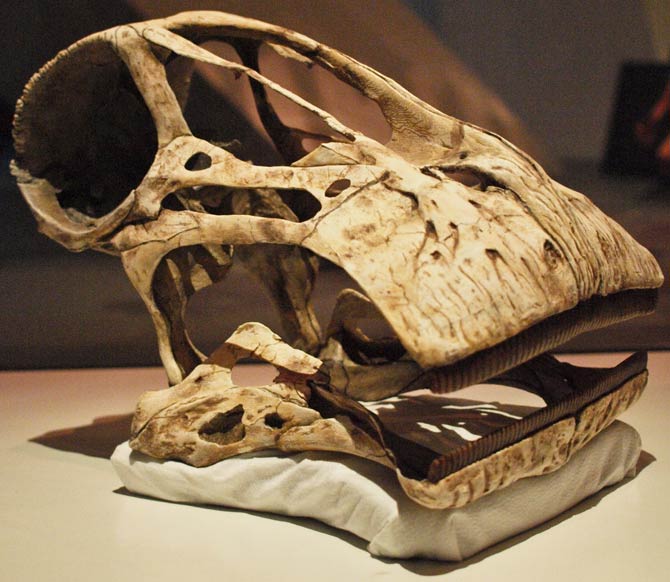
Name
The fossils of Nigersaurus have been found in the Republic of Niger in West Africa, and the dinosaur was named after the country. It lived during a time when the region was covered in forests and braided rivers, and would have had to watch out for the presence of Sarcosuchus, a giant relative of modern crocodiles.
Overall, Nigersaurus was a unique and unusual dinosaur due to its dental batteries and wide muzzle, which allowed it to efficiently process and gather plant material. Its small size and herbivorous diet make it an interesting contrast to the larger, carnivorous dinosaurs that are more commonly known to the general public. The combination of its specialized anatomy and the unique environment in which it lived make it an fascinating subject of study for paleontologists.
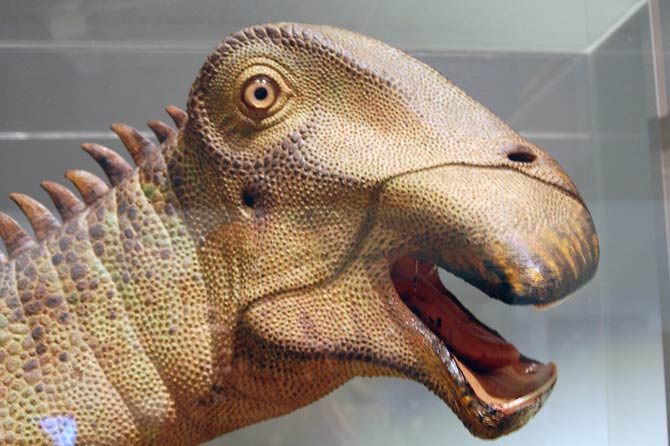
Detailed data / size / dimensions
Nigersaurus taqueti
- Length: 10 m (32.8 ft)
- Weight: 1,900 kg (4198 lb)
- Dated: 115–105 million years ago (Early Cretaceous)
- Distribution: Africa
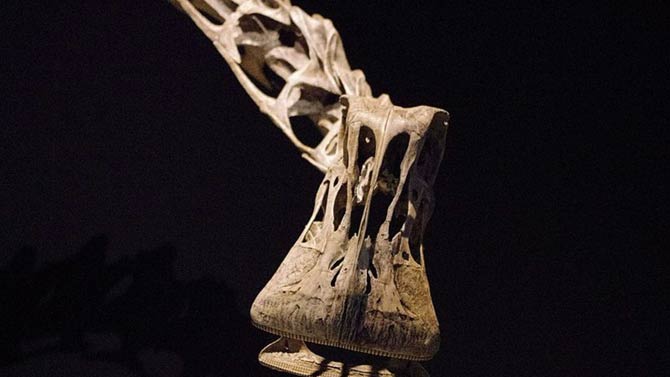
Interesting facts
- Nigersaurus was a herbivorous dinosaur that lived during the mid-Cretaceous period, around 115-105 million years ago.
- It was a sauropod, a type of long-necked, quadrupedal dinosaur known for their large size and long tails.
- Nigersaurus was relatively small for a sauropod, only reaching about 30 feet in length and weighing around 10 tons.
- One of the most distinctive features of Nigersaurus was its mouth, which was equipped with hundreds of small, tightly packed teeth arranged in rows. This allowed it to efficiently crop and grind tough plant matter, such as ferns and horsetails.
- Nigersaurus is known to have lived in what is now modern-day Niger, Africa, hence its name. It was first discovered in the early 2000s by a team of paleontologists led by Paul Sereno.
- Nigersaurus is thought to have lived in large herds and may have migrated over long distances in search of food.
- Nigersaurus is an important discovery for paleontologists because it helps to shed light on the evolution and diversity of sauropods during the mid-Cretaceous period. Its unique dental structure suggests that it may have had a different feeding strategy compared to other sauropods, and its presence in Africa indicates that these types of dinosaurs were more widespread than previously thought.
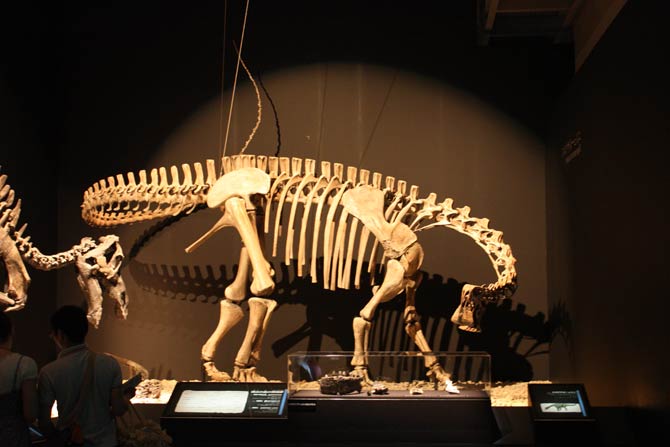
Source:
Recommended
- The longest dinosaurs. Sauropods Top 10
- The heaviest dinosaurs – Top 10
- The longest predatory dinosaurs. Theropods Top 10
- The heaviest predatory dinosaurs Top 10
- The longest Ornithischians (Ornithischia) TOP 10
- The heaviest Ornithischians Top 10
- The largest raptors (dromaeosaurs) Top 10
- The heaviest Dromaeosaurids / dromaeosaurs – Top 10
- The longest Ankylosaurus Top 10
- The heaviest Ankylosaurus Top 10
- The longest ceratopsians
- The heaviest cerapsians
- The longest and largest ornithopods
- The heaviest ornithopods Top 10
- The longest Stegosaurians (Stegosauria) TOP 10
- The heaviest Stegosaurians (Stegosauria) Top 10
- The smallest sauropods Top 10
- The smallest dinosaurs Top 10
- The largest pterosaurs Top 10
- Dinosaurs
- Dinosaurs database
- Predatory dinosaurs
- Animals & dinosaurs records
- The fastest animals – Top 100
- The fastest birds – Top 10








